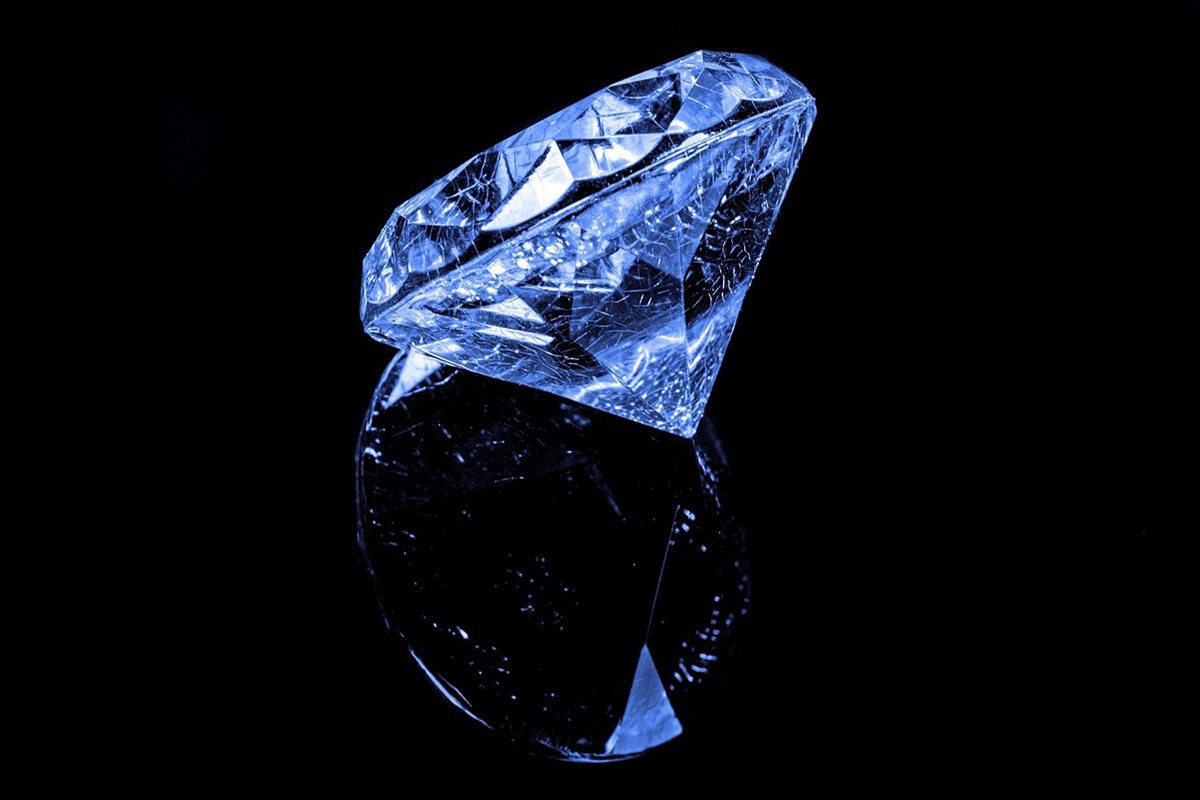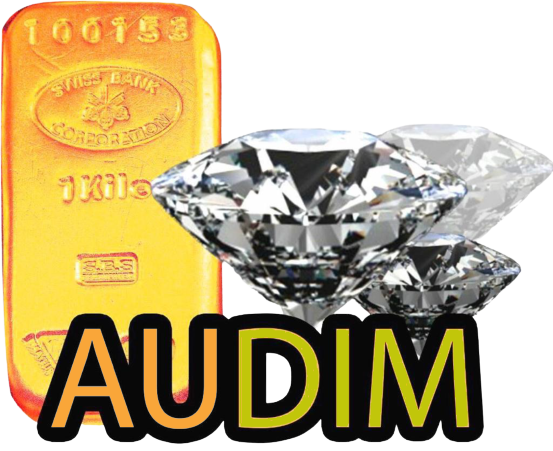Science, and Beauty of Earth's Most Precious Gemstone.
Diamonds are undoubtedly one of the most well-known and highly prized gemstones in the world. They have been valued for their beauty and rarity for thousands of years, and they continue to hold a special place in the hearts of many people today.
In this article, we will explore the fascinating history, science, and beauty of diamonds.
History of Diamonds:
The first recorded instance of diamonds being used and traded as valuable items dates back to ancient India, where they were found in riverbeds and used for religious and ceremonial purposes.
The earliest known reference to diamonds was in a Sanskrit text from around 300 BC. The ancient Greeks and Romans also valued diamonds, but they believed that the gems were the tears of the gods or splinters from falling stars.
During the Middle Ages, diamonds were considered to be a symbol of strength, courage, and invincibility. They were also thought to have healing properties and were used to treat ailments such as fatigue, mental illness, and digestive problems.
It was not until the 15th century that diamonds began to be cut and polished to enhance their brilliance and fire.
Science of Diamonds:
Diamonds are made up of pure carbon atoms that are arranged in a crystal lattice structure. The process of diamond formation takes place deep within the Earth’s mantle, where extreme heat and pressure cause carbon to crystallize over millions of years.
Diamonds are the hardest known substance on Earth, and they can only be scratched by another diamond.
The color of a diamond is determined by the presence of trace elements or structural defects within the crystal lattice.
Pure, colorless diamonds are the most valuable and sought-after, but diamonds can also be found in a wide range of colors, including yellow, brown, pink, blue, and green. The intensity and saturation of the color can greatly affect a diamond’s value.
Beauty of Diamonds:
Diamonds are renowned for their brilliance, which is the way they reflect and refract light. A well-cut diamond will have a high level of fire, which is the amount of rainbow-colored light that is dispersed when the diamond is viewed from different angles.
A diamond’s cut, color, clarity, and carat weight are all important factors that affect its beauty and value.
In addition to their natural beauty, diamonds have also become a symbol of love and commitment. The tradition of giving a diamond engagement ring dates back to the 15th century, and it has since become a widely accepted practice in many cultures around the world.

Mystical Allure
Conclusion:The brilliance of diamonds is a testament to their enduring appeal and value. From their ancient origins to their modern-day uses, diamonds have captivated people for centuries.
Whether you are a collector, a gemologist, or simply someone who appreciates their beauty, there is no denying the allure of this precious gemstone.
- The Enchantment of a Diamond
- Beyond Words
- A Diamond's Radiant Mystery
- A Timeless Enigma of Unexplainable Beauty
- The Incomprehensible Brilliance of Diamonds
- Unraveling the Unexplainable
The Unexplainable Beauty of Nature's Wonders


The Brilliance Of Diamonds
 Diamonds are one of the most treasured and sought-after gemstones in the world. Their exquisite beauty and sparkling brilliance make them highly desirable for use in jewelry and other luxury items.
Diamonds are one of the most treasured and sought-after gemstones in the world. Their exquisite beauty and sparkling brilliance make them highly desirable for use in jewelry and other luxury items.
But what makes diamonds so special, and why do they hold such a special place in our hearts and minds?
The brilliance of diamonds is due in large part to their unique physical properties. Diamonds are made up of pure carbon, which is arranged in a crystal lattice structure that gives the gemstone its hardness and durability.
This structure also makes diamonds highly refractive, which means that they bend and reflect light in a way that creates a dazzling display of color and sparkle.
The way that diamonds are cut and polished is also crucial to their brilliance. The most common cut for diamonds is the round brilliant cut, which has 58 facets that are precisely angled and shaped to maximize the gemstone’s fire and brilliance.
Other popular cuts include the princess cut, the emerald cut, and the pear cut, each of which has its own unique beauty and appeal.
One of the factors that affects a diamond’s brilliance is its color. The most valuable diamonds are colorless, as this allows them to reflect and refract light without any interference from impurities or defects. However, diamonds can also be found in a range of colors, including yellow, brown, pink, blue, and green.
The intensity and saturation of the color can greatly affect a diamond’s value and beauty.
The clarity of a diamond is another important factor that affects its brilliance. Most diamonds have some degree of internal or external flaws, known as inclusions or blemishes, which can interfere with the way that light passes through the gemstone.
The clarity of a diamond is graded on a scale from internally flawless to included, with higher grades indicating fewer flaws and greater brilliance.
Finally, the carat weight of a diamond is another important factor that affects its value and brilliance. Carat weight refers to the size of the diamond, with larger diamonds typically being more valuable and more brilliant than smaller diamonds.
In conclusion, the brilliance of diamonds is a result of their unique physical properties, the way that they are cut and polished, and the factors that affect their color, clarity, and carat weight. Whether you are looking for a diamond engagement ring, a pair of diamond earrings, or any other diamond jewelry, the brilliance and beauty of this precious gemstone are sure to captivate and inspire.
